How to Decorate with Houseplants
Decorating your home with houseplants is not just about adding a splash of green; it's about creating a lively and inviting atmosphere that resonates with warmth and tranquility. Imagine walking into a room filled with vibrant foliage, where each plant tells a story and contributes to a serene environment. Houseplants can enhance your home’s aesthetics, improve air quality, and even boost your mood. But how do you go about incorporating them into your decor effectively? In this article, we will explore the essential tips, plant choices, and styling ideas that will help you transform your space into a plant paradise.
When it comes to selecting houseplants, the right choice can make all the difference. It’s essential to consider factors such as light availability, humidity levels, and your ability to maintain the plants. For instance, if you live in a bright apartment, you might want to opt for sun-loving plants like succulents or snake plants. Conversely, if your space is more on the dim side, consider low-light champions like pothos or peace lilies. Here’s a quick guide to help you choose:
| Light Level | Recommended Plants |
|---|---|
| Bright | Succulents, Cacti, Fiddle Leaf Fig |
| Medium | Pothos, Spider Plant, ZZ Plant |
| Low | Snake Plant, Peace Lily, Cast Iron Plant |
By understanding your environment and the specific needs of each plant, you can create a thriving indoor garden that complements your home’s style.
The placement of houseplants can dramatically change the vibe of your space. Think of plants as living art pieces that can be arranged to draw the eye or create a focal point. For example, grouping plants of varying heights can add depth and interest to a corner of your living room. Alternatively, you might choose to use a single large plant as a statement piece in an entryway or dining room. Here are some ideas to consider:
- Use plants to frame windows and doorways.
- Incorporate plants on bookshelves for a touch of greenery.
- Group smaller plants on a coffee table or side table for a cozy feel.
By experimenting with different arrangements, you’ll find the perfect setup that enhances your home’s aesthetic while showcasing your beloved plants.
Vertical gardening is an innovative way to utilize wall space and create a stunning display of houseplants. Imagine a lush living wall that not only beautifies your home but also purifies the air. Vertical gardens can be made using wall-mounted planters, trellises, or even repurposed pallets. This method not only saves floor space but also adds a unique visual element to your decor. Plus, it’s a fantastic way to showcase trailing plants like ivy or string of pearls!
Hanging planters are another fabulous way to display your plants creatively. They add an element of surprise and can transform an ordinary room into a botanical haven. You can find a variety of styles, from macramé hangers to sleek modern designs. Consider placing them near windows or in corners where they can cascade down, creating a beautiful green waterfall effect. It’s like bringing a piece of nature indoors!
If you have a collection of plants, tiered plant stands can be a game-changer. These stands allow you to display multiple plants at varying heights, creating an eye-catching arrangement that draws attention. You can find tiered stands in various materials, from wood to metal, and they can fit into any decor style. Imagine a vibrant display of plants at different levels, creating a dynamic and lively atmosphere in your home.
Don’t forget that plants can also play a significant role in seasonal decor! Each season brings its own charm, and incorporating seasonal plants can refresh your decor throughout the year. For instance, in the spring, you might want to showcase blooming flowers like orchids or tulips, while in the fall, consider adding rich, warm-toned foliage. By rotating your plants with the seasons, you can keep your home feeling fresh and inviting.
Now that you've chosen and arranged your houseplants, it’s crucial to understand the basics of plant care. Proper watering, fertilizing, and pest management are key to keeping your indoor garden thriving. Most plants prefer to dry out slightly between waterings, so it’s essential to check the soil moisture before adding more water. Additionally, fertilizing during the growing season can promote healthy growth and vibrant foliage. Remember, a little love goes a long way!
Even the best plant parents encounter pests from time to time. Identifying common houseplant pests like aphids, spider mites, and mealybugs is vital for maintaining plant health. Regularly inspecting your plants can help catch infestations early. If you do find pests, there are various organic solutions available, such as neem oil or insecticidal soap, to keep your plants safe and beautiful.
Repotting is an essential part of plant care that many people overlook. As your plants grow, they may outgrow their pots, leading to root-bound issues. Knowing when to repot—typically every 1-2 years—is crucial for their health. When repotting, choose the right soil that provides good drainage and nutrients. A well-draining potting mix can make all the difference in keeping your plants happy and thriving.
1. How often should I water my houseplants?
It depends on the type of plant and the environment. Generally, check the soil moisture and water when the top inch feels dry.
2. Can I keep houseplants in low-light conditions?
Yes! Many houseplants thrive in low-light conditions, such as snake plants and pothos.
3. What should I do if my plant is infested with pests?
Identify the pest and use an appropriate treatment, such as neem oil or insecticidal soap, to eliminate them.
4. When should I repot my plants?
Repot your plants every 1-2 years or when you notice roots growing out of the drainage holes.
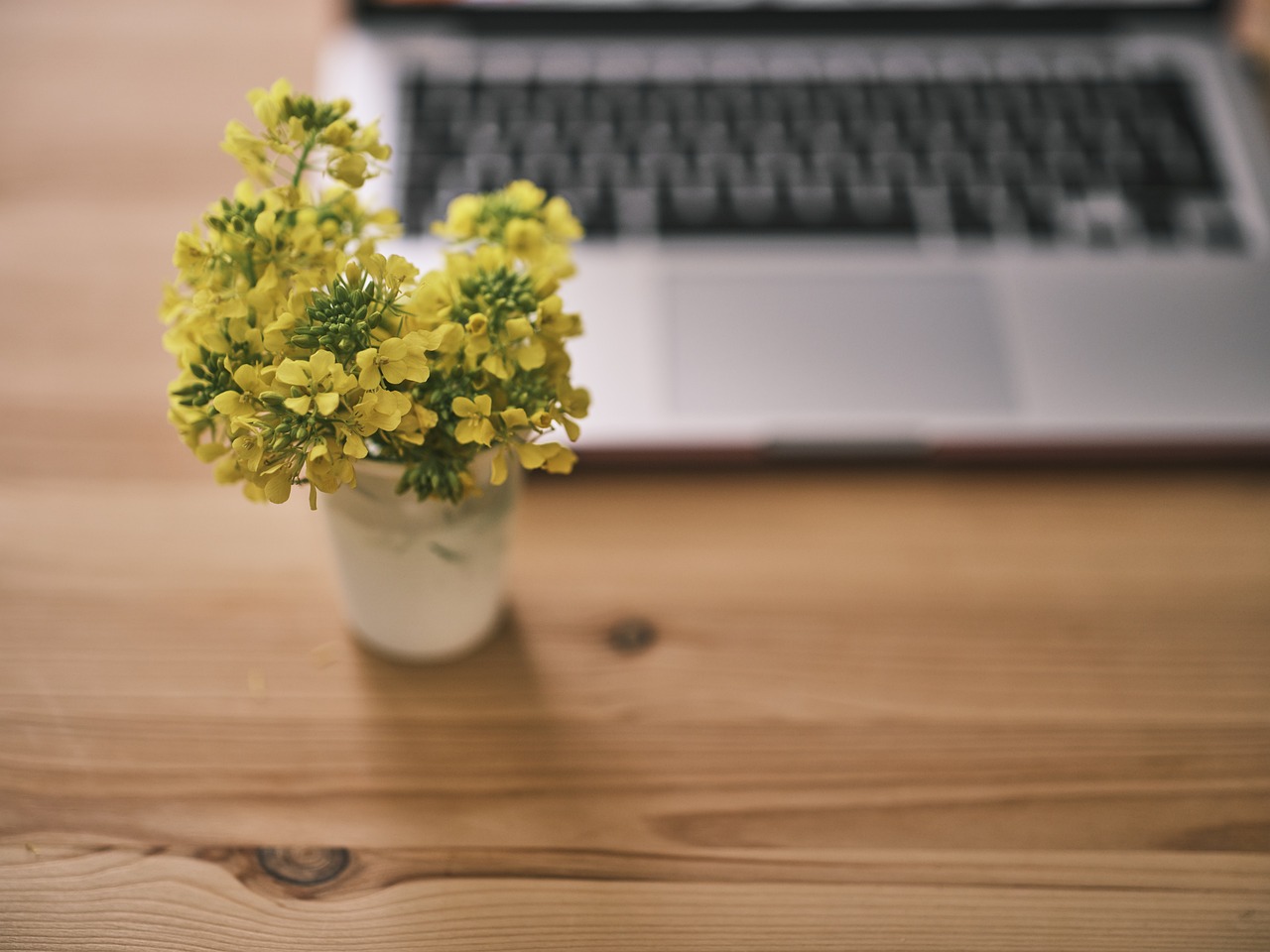
Choosing the Right Houseplants
This article explores the art of incorporating houseplants into your home decor, enhancing aesthetics, improving air quality, and creating a serene atmosphere. Discover tips, plant choices, and styling ideas for every space.
When it comes to decorating your home with houseplants, the first and perhaps most crucial step is choosing the right plants. Not every plant is suited for every environment, so it’s essential to consider a few key factors that will ensure your green friends not only survive but thrive in your home. Think about the light conditions in your space—some plants love bright, direct sunlight, while others prefer the gentle touch of indirect light or even shade. For instance, succulents and cacti bask in the sun, while ferns and snake plants can tolerate lower light levels.
Next up is humidity. Many houseplants, especially tropical varieties, thrive in a humid environment. If your home is on the drier side, you might want to consider plants like peace lilies or spider plants that can adapt to lower humidity. Additionally, think about how much maintenance you’re willing to commit to. Some plants, like pothos and ZZ plants, are incredibly forgiving and require minimal care, making them perfect for beginners or busy lifestyles.
To make your selection process easier, here’s a quick reference table to help you match plants with their ideal conditions:
| Plant Type | Light Requirements | Humidity Preference | Care Level |
|---|---|---|---|
| Snake Plant | Low to bright indirect | Low to moderate | Easy |
| Pothos | Low to bright indirect | Low to moderate | Easy |
| Peace Lily | Low to bright indirect | High | Moderate |
| Fiddle Leaf Fig | Bright, indirect | Moderate to high | Moderate to hard |
| Cactus | Bright, direct | Low | Easy |
Once you’ve identified the right plants for your space, consider how they will fit into your overall decor style. Are you going for a bohemian vibe with hanging plants and eclectic pots, or a more modern aesthetic with sleek, minimalist planters? Your choice of pots can also dramatically affect the look of your plants. Think about materials, colors, and shapes that will complement your home’s design.
In conclusion, choosing the right houseplants is not just about picking the prettiest ones; it’s about finding plants that will flourish in your environment and enhance your living space. By considering factors like light, humidity, and maintenance needs, you’ll be well on your way to creating a lush indoor garden that brings life and joy to your home.
Strategically placing houseplants can transform a space. Explore various arrangements, from grouping plants together to using them as focal points in different rooms.
Utilizing wall space with vertical gardens adds depth and interest to your decor. Discover how to create stunning living walls that maximize your plant display while saving floor space.
Hanging planters offer a unique way to showcase plants. Learn about different styles and how to effectively incorporate them into your home for added visual appeal.
Tiered plant stands are perfect for displaying multiple plants at varying heights. Explore options for creating an eye-catching display that draws attention and enhances your decor.
Incorporating seasonal plants can refresh your decor throughout the year. Discover which plants to choose for each season and how to style them effectively.
Understanding the basics of plant care is essential for maintaining a vibrant indoor garden. Learn about watering, fertilizing, and pest management to keep your houseplants healthy and thriving.
Identifying and managing common pests is vital for plant health. Explore effective strategies to prevent infestations and maintain the beauty of your houseplants.
Repotting is necessary for plant growth and health. Discover when to repot your plants and how to choose the right soil for optimal growth and drainage.
Here are some common questions regarding houseplant care and selection:
- How often should I water my houseplants? - It depends on the plant type and the environment, but generally, check the top inch of soil; if it's dry, it's time to water.
- Can I keep houseplants in low light? - Yes, some plants thrive in low light, such as snake plants and pothos.
- How do I know when to repot my plants? - If you see roots coming out of the drainage holes or the plant seems root-bound, it’s time to repot.
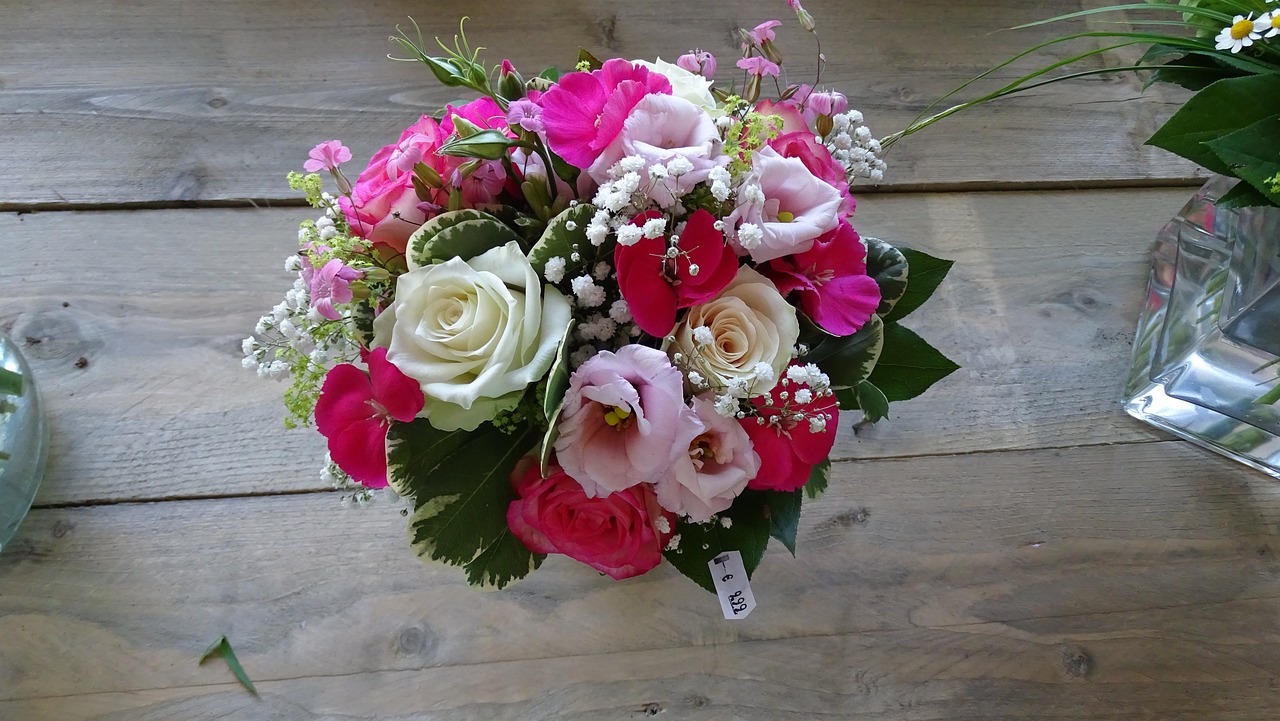
Placement and Arrangement
When it comes to decorating with houseplants, the of your greenery can make all the difference. Imagine stepping into a room where vibrant plants greet you, instantly lifting your mood and adding a touch of nature to your everyday life. But how do you achieve that perfect balance? It’s not just about sticking a few pots here and there; it’s about creating a harmonious flow that enhances your space. Start by considering the lighting conditions in each area of your home. Some plants thrive in bright, direct sunlight, while others prefer the soft glow of indirect light. By understanding these needs, you can position your plants where they’ll flourish.
Another crucial aspect of plant arrangement is the height and scale of your plants. Think of your plants as living sculptures. Larger plants, like a majestic fiddle leaf fig, can serve as a stunning focal point in a corner, while smaller plants, like succulents or pothos, can be clustered on a shelf or table. This creates a sense of dimension and draws the eye around the room. Don’t shy away from mixing different types of plants; the contrast in shapes and textures can create a visually interesting display. For example, pairing a tall snake plant with trailing ivy can add depth and intrigue to your decor.
Grouping plants together is another effective strategy. You can create a mini indoor garden by clustering plants of varying heights and leaf shapes on a tiered plant stand or a coffee table. This not only maximizes your space but also allows for easy maintenance. Just remember to consider their light and water needs when grouping them. A good rule of thumb is to keep plants with similar care requirements together, which makes it easier to maintain their health.
One innovative way to enhance your decor is through vertical gardening. This technique transforms your walls into lush, green displays, adding a unique touch to your home. Wall-mounted planters or living walls can be a stunning focal point, especially in smaller spaces where floor area is limited. You can create a living wall by using a variety of plants that thrive in similar conditions, making a striking visual statement while maximizing your use of space.
Hanging planters are another fantastic option for displaying your plants. They not only save space but also draw the eye upward, creating an illusion of height in the room. You can choose from a variety of styles, such as macramé hangers or modern metal designs, to match your decor. Imagine cascading vines of pothos or string of hearts gently swaying in the breeze—it's a beautiful way to bring life into any space.
If you’re looking for a way to showcase multiple plants, consider investing in a tiered plant stand. These stands allow you to display your plants at varying heights, creating a dynamic visual effect. You can mix and match different plant types, colors, and textures to create a stunning arrangement that catches the eye. Plus, tiered stands make it easy to care for your plants since they are all in one spot!
In conclusion, the placement and arrangement of houseplants is more than just aesthetics; it’s about creating a space that feels alive and welcoming. By considering factors like light, height, and grouping, you can transform your home into a green oasis. So, grab your pots and get creative—your plants are waiting to bring your decor to life!
- What are the best plants for low light conditions? Some great options include snake plants, pothos, and ZZ plants, which thrive even in dimly lit spaces.
- How often should I water my houseplants? It varies by plant, but a general rule is to check the soil moisture. If the top inch is dry, it’s time to water.
- Can I mix different types of plants together? Absolutely! Just make sure they have similar light and water needs for the best results.
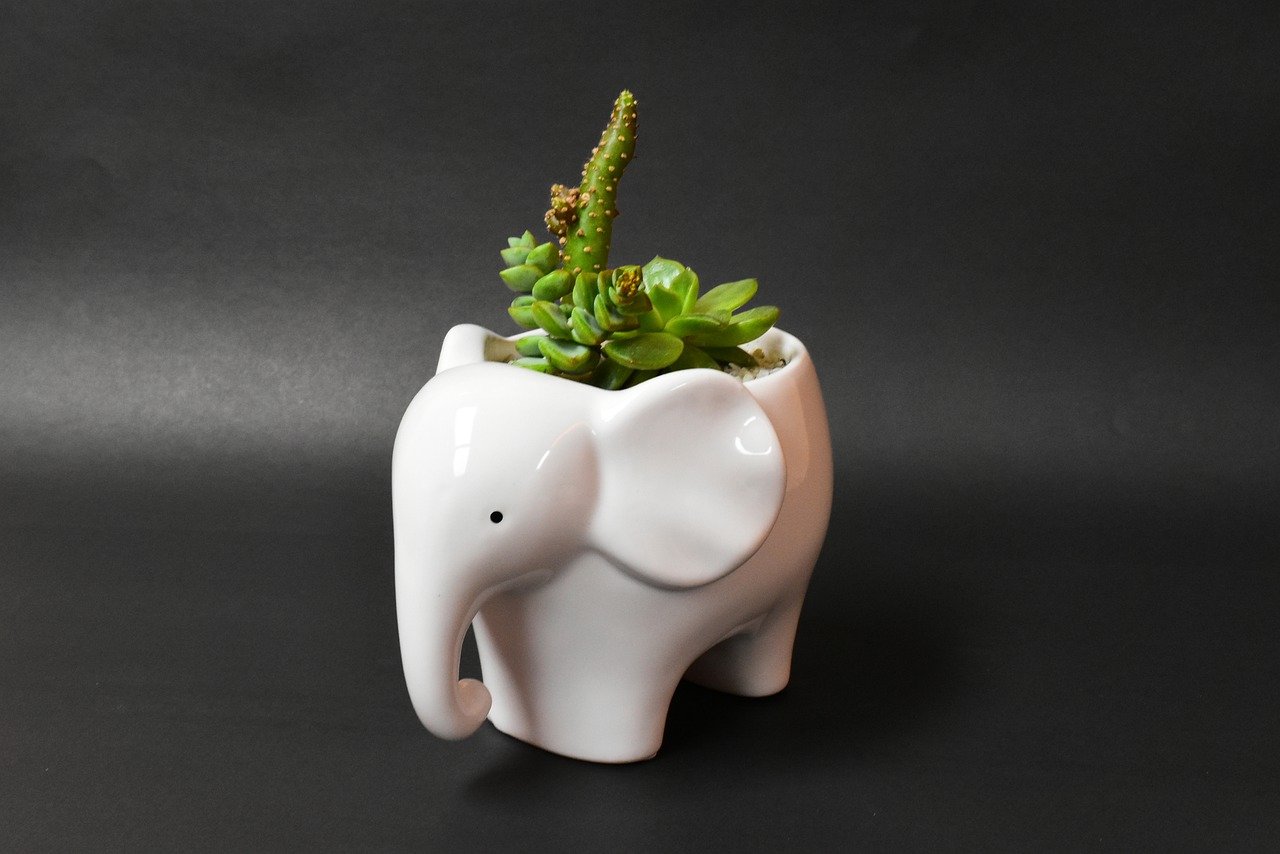
Vertical Gardening
Vertical gardening is not just a trend; it's a revolutionary way to bring the beauty of nature indoors while maximizing your living space. Imagine transforming a bare wall into a lush green canvas that breathes life into your home! This innovative approach allows you to take advantage of often-overlooked areas, creating stunning displays that can be both functional and aesthetically pleasing. Whether you live in a cozy apartment or a spacious home, vertical gardens can fit seamlessly into any environment, making them a perfect solution for plant lovers everywhere.
One of the best things about vertical gardening is its versatility. You can create a living wall using various materials, such as wooden pallets, trellises, or even repurposed items like old shoe organizers. The choice of plants can vary widely, too. From cascading vines like philodendron and pothos to colorful flowers like begonias and fuchsia, the options are endless! When selecting plants, consider their light and water needs, as well as how they will interact with each other in your vertical setup.
To get started with your vertical garden, here are a few essential steps:
- Choose Your Location: Find a suitable wall or space that receives adequate light for your chosen plants.
- Pick Your Structure: Decide on the framework that will hold your plants. This could be a wall-mounted planter, a trellis, or a custom-built frame.
- Select Your Plants: Consider a mix of trailing, climbing, and bushy plants to create depth and interest.
- Watering System: Ensure you have a plan for watering your vertical garden, as it can be tricky to reach some plants.
Vertical gardens not only enhance the beauty of your space but also improve air quality and create a calming atmosphere. They act as natural air filters, absorbing toxins and releasing oxygen, which can significantly enhance your well-being. Plus, they can be a conversation starter, impressing guests with your creativity and commitment to sustainability.
As you embark on your vertical gardening journey, don't forget to consider the maintenance aspect. While vertical gardens can be low-maintenance, they do require regular care, such as watering, pruning, and checking for pests. By staying on top of these tasks, you can ensure your vertical garden thrives and remains a stunning focal point in your home.
In conclusion, vertical gardening is a fantastic way to integrate plants into your home decor while utilizing space creatively. With a little planning and a splash of imagination, you can cultivate a vertical oasis that not only beautifies your environment but also enriches your life. So why wait? Start planning your vertical garden today and watch your indoor space transform into a vibrant sanctuary!
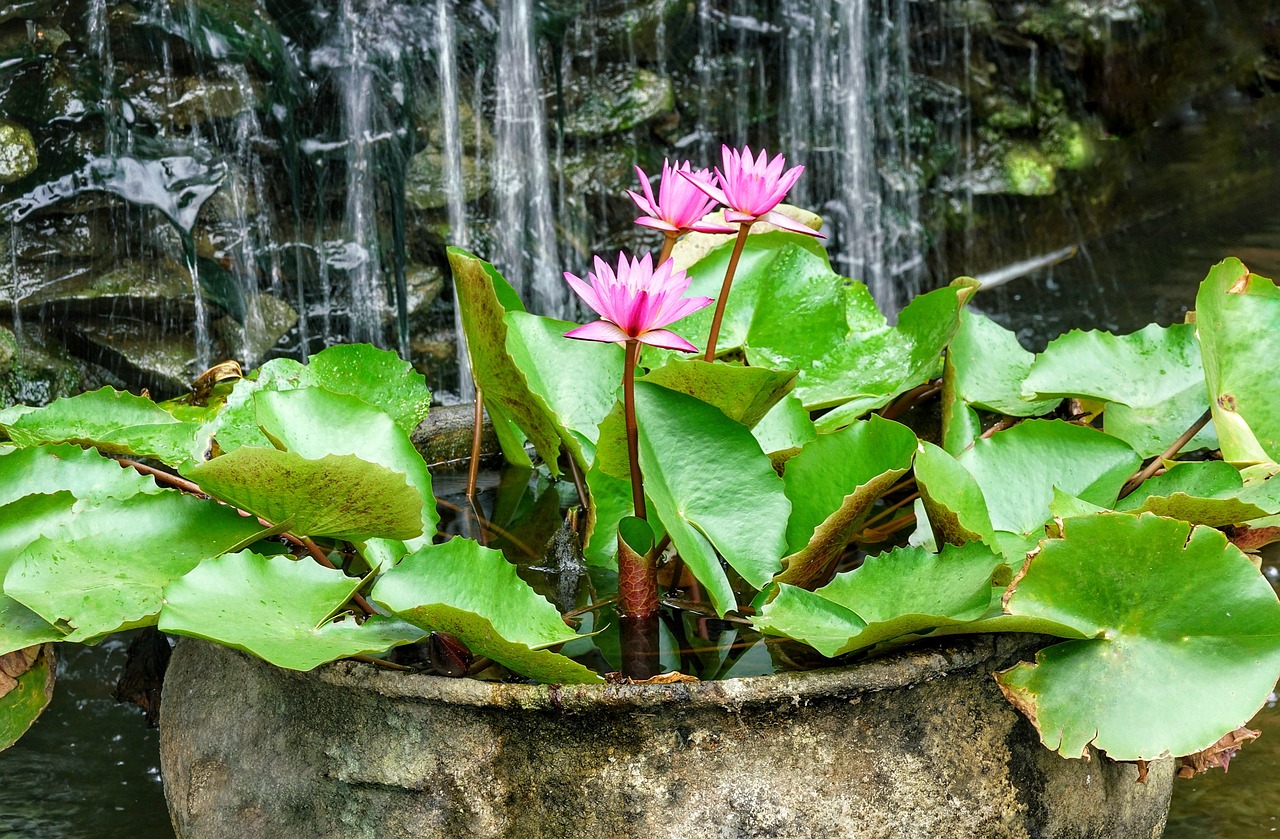
Hanging Planters
Hanging planters are a fantastic way to elevate your indoor gardening game while adding a touch of creativity to your decor. Imagine walking into a room where lush greenery cascades down from above, creating a vibrant atmosphere that instantly lifts your spirits. These planters are not just about aesthetics; they also help in maximizing your available space, especially in smaller homes where every inch counts. By utilizing vertical space, you can transform any dull corner into a lively focal point.
When it comes to selecting hanging planters, the options are virtually endless. You can choose from a variety of materials such as ceramic, macramé, metal, or even biodegradable options. Each material brings its own unique style and charm, allowing you to express your personal taste. For instance, macramé hangers can add a bohemian flair, while sleek metal planters might suit a more modern aesthetic. It’s all about finding the right balance that complements your existing decor.
Placement is key when it comes to hanging planters. Think about areas in your home that could use a bit of life. Consider hanging a planter near a window where it can soak up the sunlight, or perhaps above a dining table to create a cozy ambiance during meals. The height at which you hang your plants can also affect the overall look. Aim for a variety of heights to create visual interest, and don’t be afraid to mix and match different types of plants for a more dynamic display.
To help you get started, here are some popular plants that thrive in hanging planters:
- Spider Plant: Known for its air-purifying qualities and arching leaves, it's perfect for beginners.
- Pothos: This resilient plant can tolerate low light and is famous for its trailing vines.
- String of Hearts: With its heart-shaped leaves, this plant adds a romantic touch to any space.
- English Ivy: A classic choice that can cascade beautifully, making it ideal for hanging arrangements.
Incorporating hanging planters into your home decor not only enhances the visual appeal but also contributes to a healthier indoor environment. Plants help to purify the air, making your living space more inviting. Plus, the act of caring for your plants can be incredibly rewarding, providing a sense of accomplishment and connection to nature.
So, whether you’re a seasoned plant parent or just starting out, hanging planters are a delightful way to showcase your greenery. They invite curiosity and conversation, making your home feel alive and vibrant. Why not take the plunge and add a few hanging planters to your decor? You might just find that they become the centerpiece of your space!
Q: How do I choose the right plants for my hanging planters?
A: Consider the lighting conditions of your space. For bright areas, opt for sun-loving plants like succulents. If the area is shaded, choose low-light plants like pothos or ferns.
Q: How often should I water my hanging plants?
A: Watering frequency depends on the type of plant and the environment. Generally, check the soil moisture; if it feels dry an inch below the surface, it’s time to water.
Q: Can I use regular potting soil for hanging planters?
A: Yes, but ensure it has good drainage. You may want to mix in some perlite or vermiculite to improve aeration and drainage.
Q: How do I prevent my hanging planters from getting too heavy?
A: Choose lightweight materials for your planters and consider using smaller plants or those that don’t require large amounts of soil.
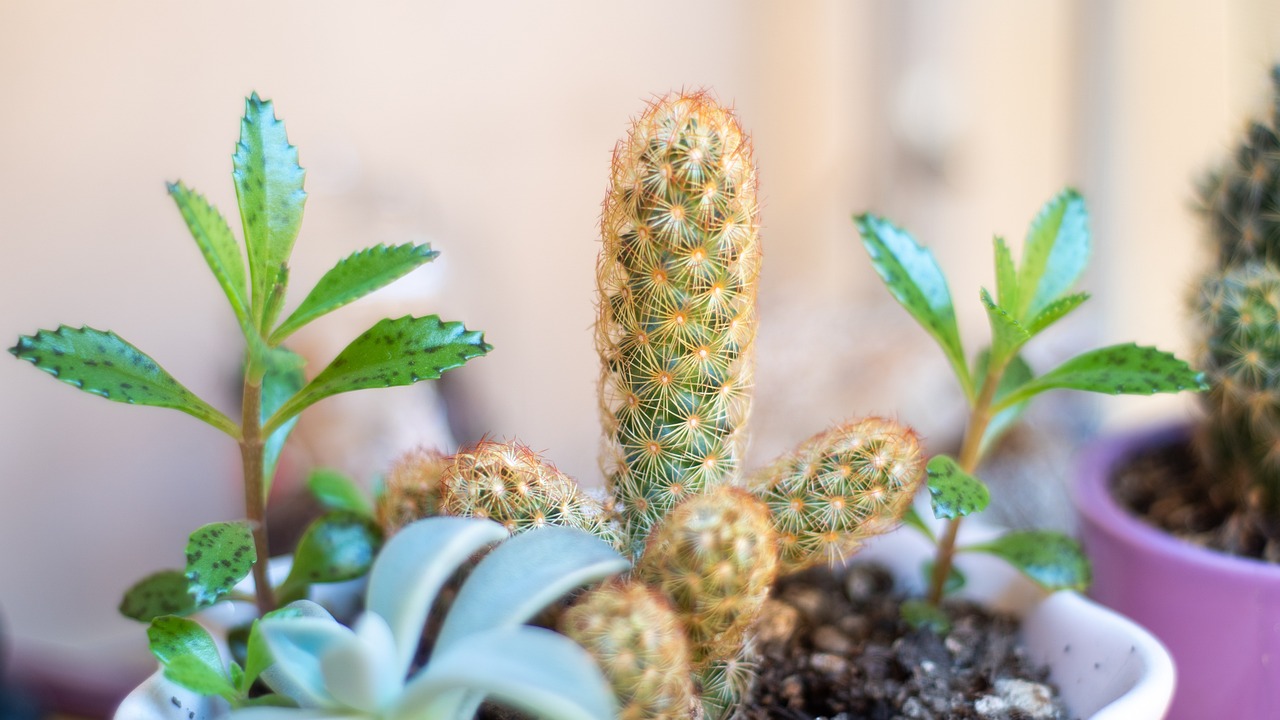
Tiered Plant Stands
Tiered plant stands are an incredibly versatile and visually appealing way to showcase your collection of houseplants. Imagine walking into a room and being greeted by a stunning display of greenery at various heights, creating a sense of depth and dimension that captivates the eye. These stands not only maximize your space but also allow each plant to shine in its own spotlight, ensuring that even the smaller plants get their moment to dazzle. When selecting a tiered plant stand, consider the overall aesthetic of your home. Are you going for a modern, minimalist vibe, or perhaps a more rustic, bohemian feel? The right stand can complement your decor while providing a functional solution to displaying multiple plants.
One of the key benefits of tiered plant stands is their ability to create a focal point in any room. You can place them in a sunny corner of your living room, near a window in your kitchen, or even in a hallway to bring life to otherwise dull spaces. By arranging plants of varying sizes and shapes, you can create an eye-catching arrangement that draws attention. For instance, you might place a tall snake plant on the top tier, flanked by medium-sized pothos on the middle level, and small succulents or cacti on the bottom. This arrangement not only looks great but also allows each plant to receive the light it needs.
When it comes to choosing a tiered plant stand, consider materials and styles that resonate with your personal taste. Wooden stands offer a warm, natural look, while metal or acrylic options can add a contemporary touch. Additionally, think about the size of your plants and the space you have available. A larger stand can accommodate more plants, but if you're short on space, a smaller, multi-tiered option might be the perfect solution. Remember, the goal is to create a display that feels balanced and harmonious, so take your time arranging your plants until you find the perfect configuration.
To help you visualize the possibilities, here’s a simple table comparing different types of tiered plant stands:
| Type | Material | Best For |
|---|---|---|
| Wooden Stand | Wood | Rustic or Bohemian decor |
| Metal Stand | Metal | Modern or Industrial decor |
| Acrylic Stand | Acrylic | Minimalist or Contemporary decor |
Incorporating tiered plant stands into your home is not just about aesthetics; it’s about creating a living environment that promotes tranquility and well-being. Plants have been shown to improve air quality and boost mood, so why not make them a central part of your decor? As you curate your collection, remember that each plant has its own personality, and a tiered stand provides the perfect stage for them to shine. So go ahead, embrace the beauty of nature indoors, and let your plants take center stage!
- How do I choose the right tiered plant stand for my home? Consider the style of your decor, the materials you prefer, and the size of the plants you want to display.
- Can I use a tiered plant stand outdoors? Yes, but ensure that the materials are weather-resistant to withstand outdoor conditions.
- How do I maintain the plants on a tiered stand? Regularly check for watering needs, ensure adequate sunlight, and rotate plants for even growth.
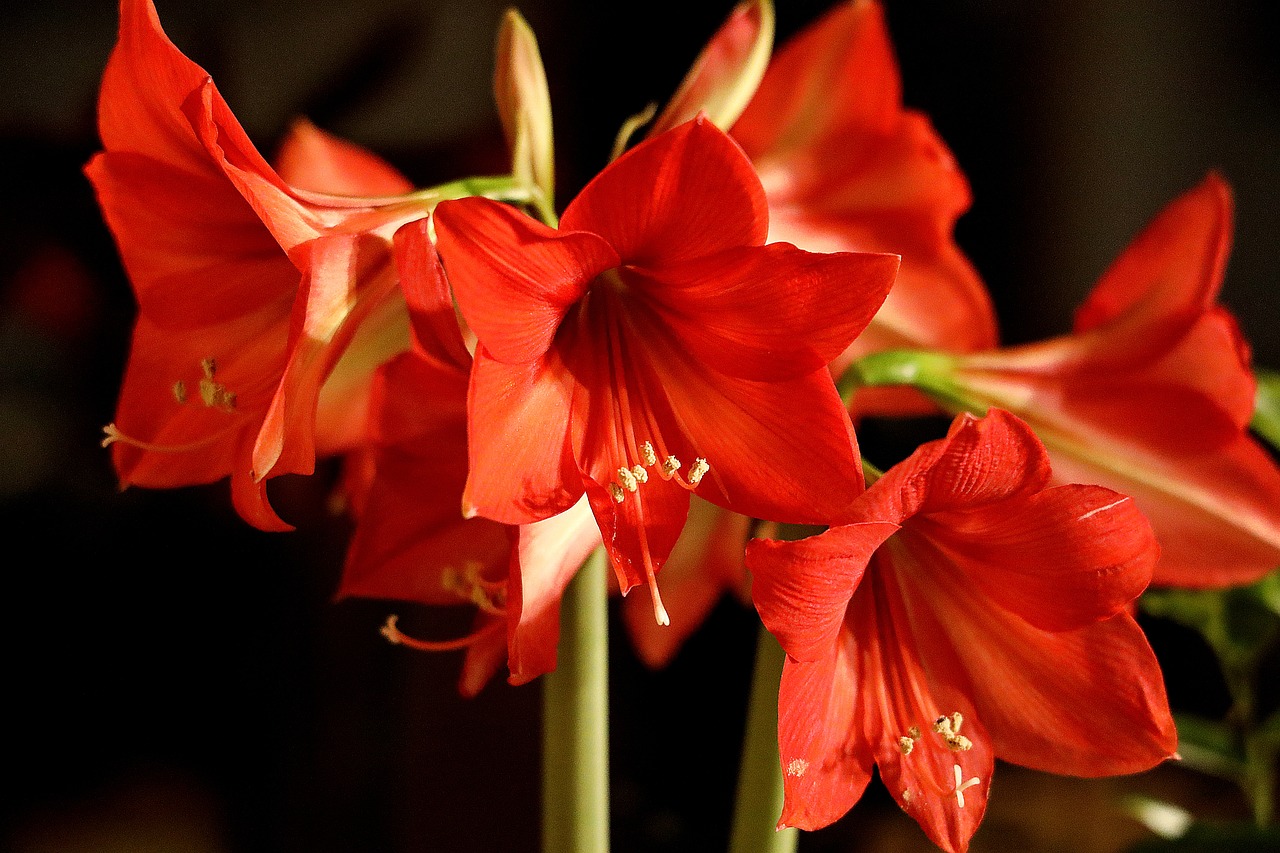
Seasonal Decor with Plants
When it comes to seasonal decor, houseplants play a pivotal role in transforming your living space to reflect the changing moods of the year. Imagine walking into your home in the spring, greeted by the vibrant colors of pansies and daffodils, or cozying up in the winter surrounded by the rich greens of evergreens and the festive reds of poinsettias. By incorporating seasonal plants, you not only enhance your decor but also create a dynamic atmosphere that resonates with the time of year.
Each season brings its own unique charm and set of plants that can elevate your home’s aesthetic. For example, in the spring, you might want to opt for cheerful blooms like tulips and hyacinths, which can be placed in decorative pots on your windowsills. Summer calls for lush, tropical plants such as palms and fiddle leaf figs that can thrive in the warm sunlight streaming through your windows. As autumn approaches, consider adding chrysanthemums and fall-hued foliage to create a warm, inviting environment. And of course, in winter, it’s all about the classics like Christmas cacti and holly that not only look beautiful but also bring a sense of festivity to your home.
To effectively style these seasonal plants, think about how they can be integrated into your existing decor. For instance, you could place a vibrant spring arrangement on your dining table or use a tall summer plant as a statement piece in the corner of your living room. The key is to create balance and harmony with your other decorative elements. You might also consider using color schemes that reflect the season; for example, warm oranges and browns for fall or cool blues and whites for winter. This not only ties the plants into your decor but also enhances the overall ambiance of your space.
One fun way to keep your decor fresh is to rotate your plants according to the season. This can be as simple as swapping out a few pots or as elaborate as creating a dedicated seasonal display. You could even create a seasonal plant calendar to remind you when to switch things up. Below is a simple table to guide you on which plants to consider for each season:
| Season | Recommended Plants |
|---|---|
| Spring | Pansies, Daffodils, Tulips, Hyacinths |
| Summer | Palms, Fiddle Leaf Figs, Succulents |
| Autumn | Chrysanthemums, Fall Foliage, Asters |
| Winter | Christmas Cacti, Poinsettias, Evergreens |
In conclusion, decorating with seasonal plants is not just about aesthetics; it’s about creating a living environment that reflects the beauty of nature throughout the year. By choosing the right plants and incorporating them thoughtfully into your decor, you can enjoy a home that feels alive and vibrant, no matter the season. So, why not give it a try? Your space will thank you!
Q: How often should I change my seasonal plants?
A: It’s best to change your seasonal plants every three months to reflect the changing seasons. This keeps your decor fresh and engaging.
Q: Can I use the same pots for different seasonal plants?
A: Absolutely! Using versatile pots allows you to easily switch out the plants while maintaining a cohesive look.
Q: Are there any plants that can be used year-round?
A: Yes! Some plants like snake plants and ZZ plants can thrive in various conditions and can be incorporated into your decor all year long.
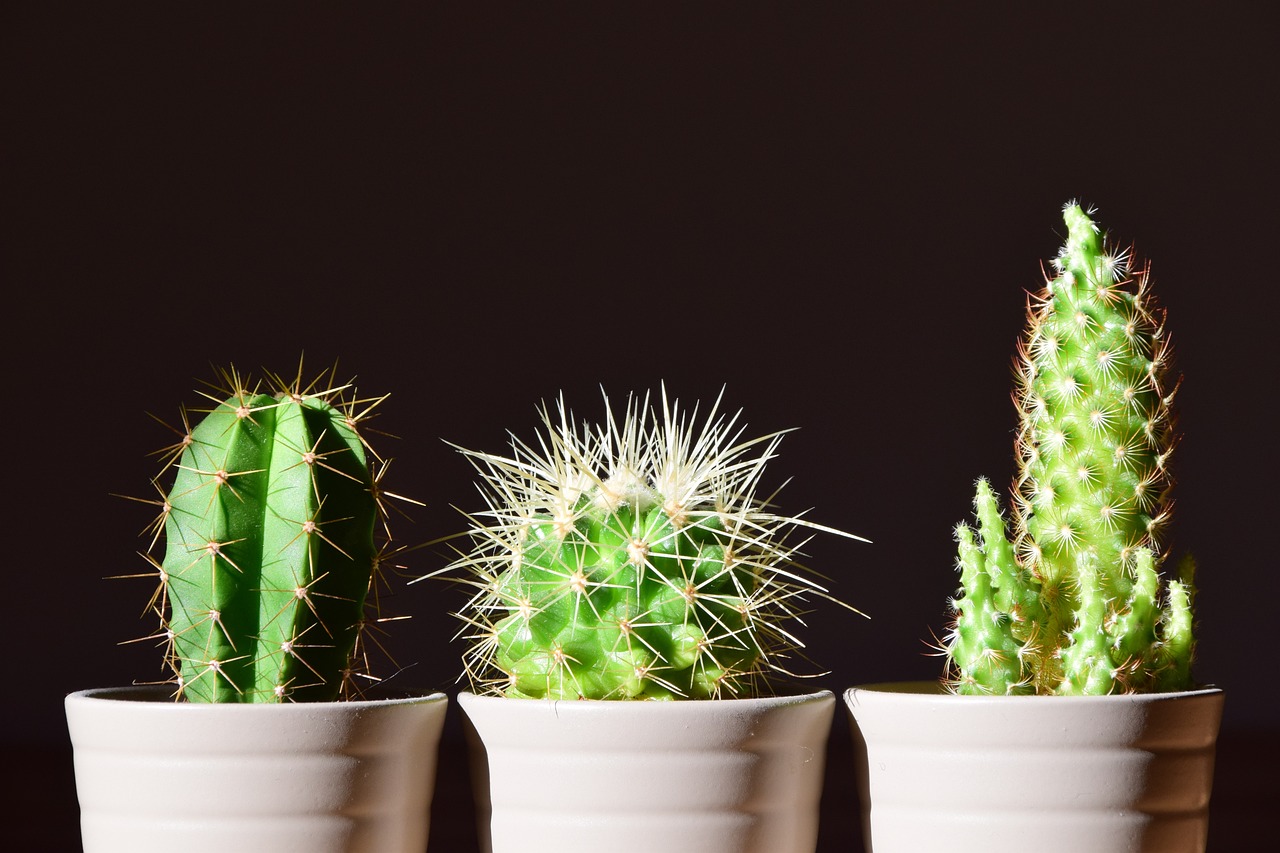
Plant Care Essentials
Understanding the basics of plant care is essential for maintaining a vibrant indoor garden that not only enhances your decor but also brings life to your space. Just like any living organism, houseplants require attention and care to thrive. Think of them as your green companions—they need the right balance of water, light, and nutrients to flourish. So, how do you ensure your leafy friends are happy and healthy? Let’s dive into the essentials!
First off, **watering** is crucial. Overwatering is one of the most common mistakes new plant parents make. Each plant has its own specific watering needs based on its species, size, and the environment it’s in. For instance, succulents and cacti prefer dry soil, while ferns love a bit more moisture. A good rule of thumb is to stick your finger about an inch into the soil; if it feels dry, it’s time to water. However, if it’s still damp, hold off for a few days. Remember, it’s better to underwater than to overwater!
Next up, we have **fertilizing**. Just like we need food to fuel our bodies, plants require nutrients to grow. Using a balanced, water-soluble fertilizer during the growing season (spring and summer) can do wonders for your plants. But be cautious—too much fertilizer can lead to salt buildup in the soil, which can harm your plants. A simple fertilization schedule can help you keep track:
| Season | Fertilization Frequency |
|---|---|
| Spring | Once every 4-6 weeks |
| Summer | Once every 4-6 weeks |
| Fall | Reduce to once every 6-8 weeks |
| Winter | No fertilization |
Another important aspect of plant care is understanding **light requirements**. Different plants have different needs when it comes to sunlight. For instance, succulents thrive in bright, direct light, while many tropical plants prefer indirect light. Placing your plants in the right spot can make all the difference. If you notice your plant stretching towards the light or its leaves turning yellow, it might be time to adjust its location. Consider investing in a light meter if you're unsure about your home’s lighting conditions!
Now, let’s talk about **pest management**. Just like us, plants can get sick or attract unwanted guests. Common houseplant pests include aphids, spider mites, and mealybugs. Regularly inspecting your plants can help catch infestations early. If you notice any pests, act quickly! You can often remove them by washing the leaves with a gentle soap solution or using neem oil as a natural pesticide. Keeping your plants clean and dust-free not only helps them look good but also prevents pests from settling in.
Lastly, let's touch on **repotting and soil choices**. As your plants grow, they may outgrow their pots, which can hinder their growth. Repotting is necessary to give them more space and fresh soil. A good indication that it’s time to repot is when you see roots growing out of the drainage holes or if the plant seems to be stunted. Choose a high-quality potting mix that suits your plant's needs—some plants prefer well-draining soil, while others thrive in moisture-retentive mixes.
In summary, taking care of your houseplants is a rewarding endeavor that enhances the beauty of your home. By paying attention to watering, fertilizing, light requirements, pest management, and repotting, you’ll create a thriving indoor garden that brings joy and tranquility to your life. So, are you ready to embrace your inner plant parent?
- How often should I water my houseplants? It depends on the plant species, but a good rule is to check the soil moisture before watering.
- What type of fertilizer should I use? A balanced, water-soluble fertilizer is usually a safe bet during the growing season.
- How do I know if my plant needs repotting? If you see roots coming out of the drainage holes or if the growth has stalled, it might be time to repot.
- What can I do about pests on my plants? Regularly inspect your plants and use natural solutions like neem oil or a soap solution to treat infestations.
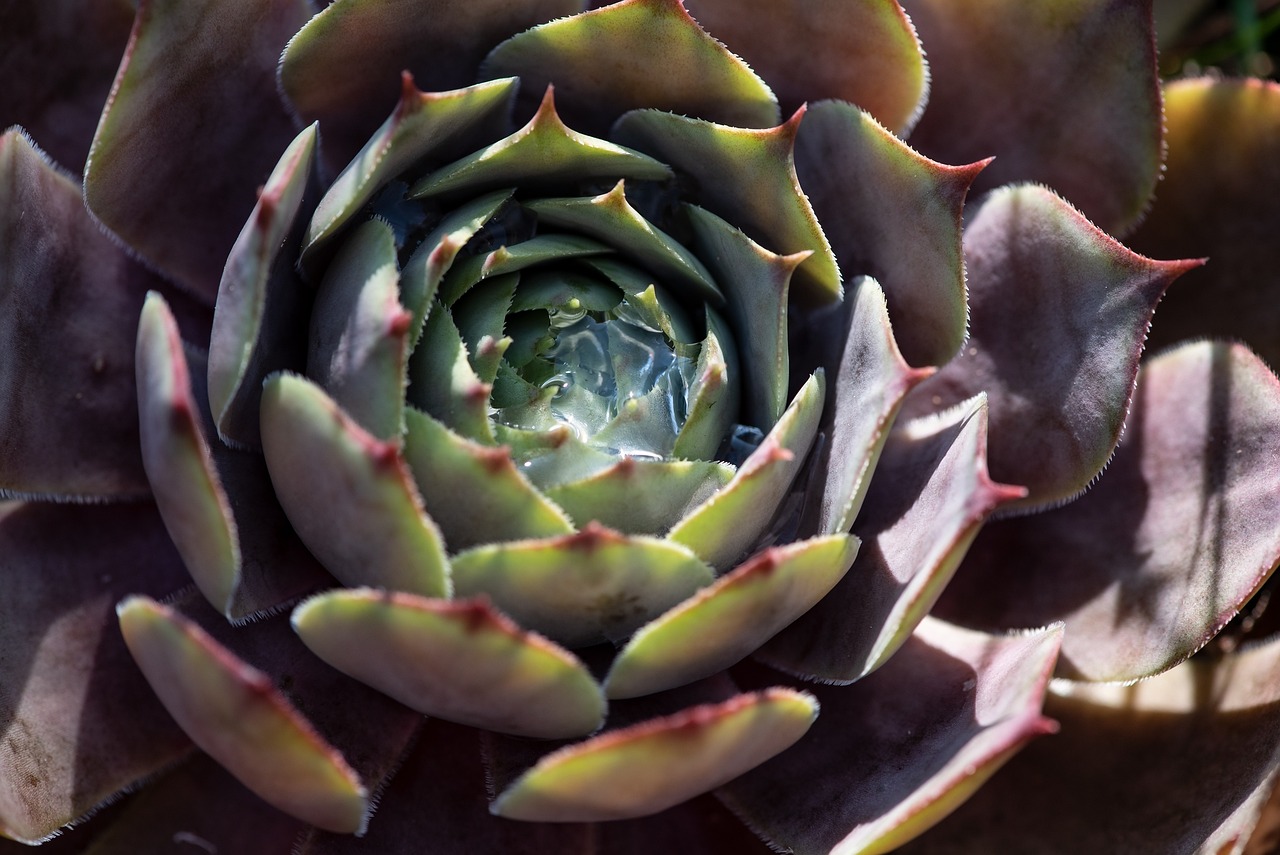
Common Houseplant Pests
When it comes to nurturing your indoor jungle, one of the biggest challenges you might face is dealing with . These unwelcome guests can wreak havoc on your beloved greenery, turning a vibrant plant into a sad, wilting shadow of its former self. But don't worry! With a little knowledge and proactive care, you can keep these pests at bay and ensure your houseplants thrive.
First off, let’s talk about some of the most notorious offenders. Aphids are tiny, pear-shaped insects that love to munch on new growth. They can be green, black, or even pink, and they reproduce quickly, so catching them early is key. Spider mites are another menace; these microscopic pests thrive in dry conditions and can leave your plants looking dusty and unhealthy. If you notice tiny webs or speckled leaves, it's time to take action!
Then we have mealybugs, which resemble little white cotton balls. They tend to cluster in the leaf axils and can cause significant damage if left unchecked. Scale insects are another common issue; they attach themselves to the stems and leaves, creating a hard shell that makes them tough to remove. Lastly, fungus gnats are more of a nuisance than a direct threat to plants, but their larvae can damage roots if their populations get out of control.
So, how do you tackle these pests? Here are some effective strategies:
- Regular Inspections: Make it a habit to check your plants regularly. Look under leaves and at the base of stems to catch any infestations early.
- Natural Predators: Introduce beneficial insects like ladybugs or lacewings, which feast on aphids and other pests.
- Neem Oil: This natural pesticide disrupts the life cycle of pests without harming your plants. A little goes a long way!
- Insecticidal Soap: A safe option for treating soft-bodied insects like aphids and mealybugs. Just spray it directly onto the pests.
- Sticky Traps: These can help catch adult gnats and prevent them from laying eggs in your soil.
Remember, the key to a thriving indoor garden is vigilance. By keeping an eye out for pests and acting quickly, you can maintain a healthy and beautiful collection of houseplants. If you find yourself overwhelmed, don’t hesitate to consult with a local nursery or gardening expert for tailored advice.
Q: How can I tell if my plant has pests?
A: Look for signs like discolored leaves, webbing, or visible insects on your plants. If you see any of these, it's time to investigate further.
Q: Are there any natural remedies for houseplant pests?
A: Yes! Many gardeners swear by neem oil or insecticidal soap as effective treatments that are safe for your plants.
Q: How can I prevent pests from returning?
A: Keep your plants healthy through proper watering, fertilization, and light conditions. Regularly cleaning leaves can also help deter pests.
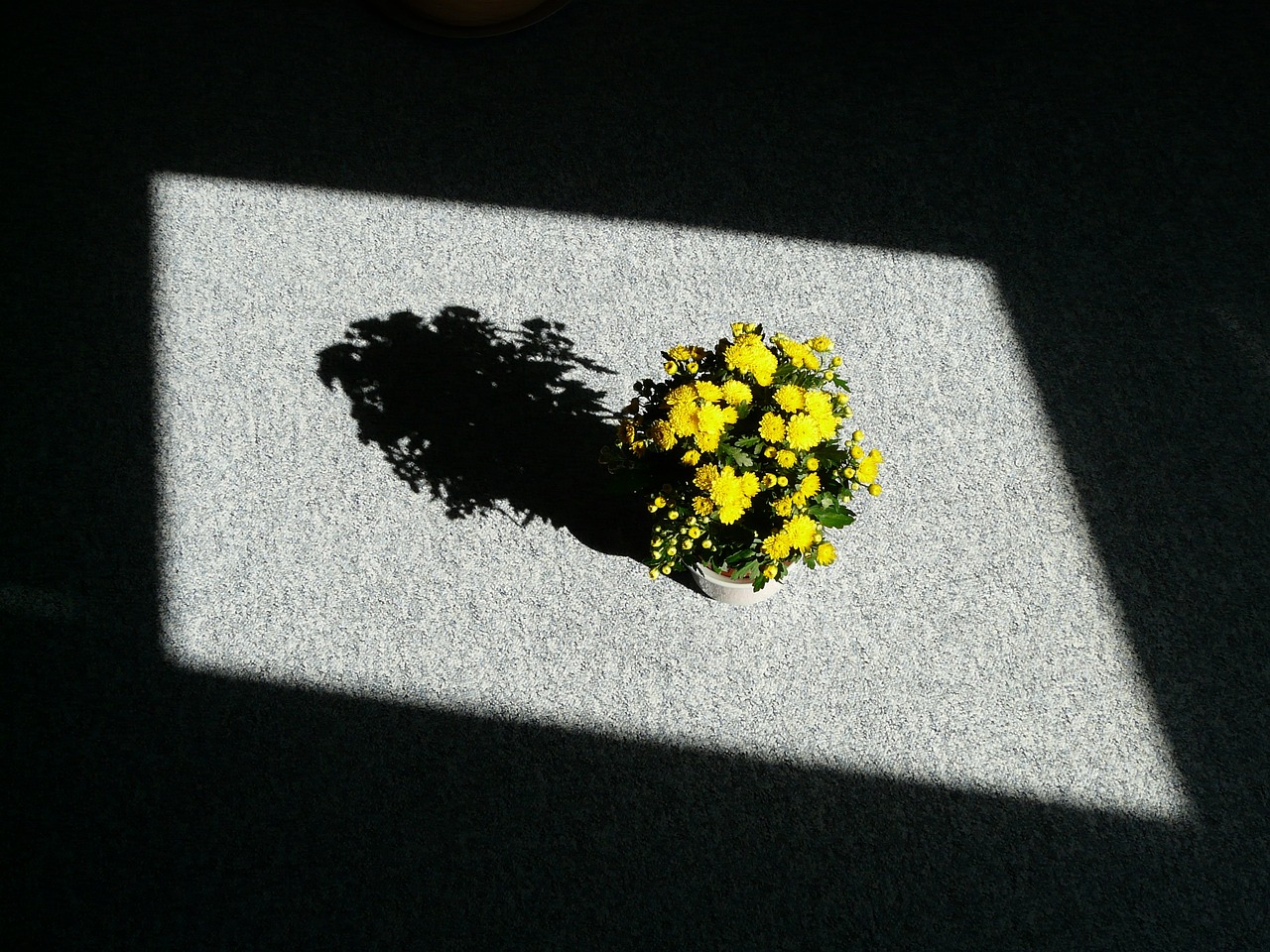
Repotting and Soil Choices
Repotting your houseplants is more than just a routine chore; it's a vital aspect of keeping your green friends healthy and thriving. Imagine your plant as a growing child; just like they need more space to stretch and grow, so do your plants! Over time, plants can outgrow their containers, leading to a host of issues such as root binding, nutrient depletion, and poor drainage. So, when should you consider repotting? Generally, it’s time to repot when you notice roots emerging from the drainage holes, or if the growth seems stunted. A good rule of thumb is to repot every 1-2 years, depending on the plant type and its growth rate.
When it comes to soil choices, not all potting mixes are created equal. Different plants have different needs, and selecting the right soil can make all the difference in their health. For instance, succulents and cacti thrive in sandy, well-draining soil, while tropical plants prefer a more moisture-retentive mix. Here’s a quick guide to some common soil types:
| Plant Type | Soil Type | Characteristics |
|---|---|---|
| Succulents & Cacti | Sandy/Gravel Mix | Excellent drainage, low moisture retention |
| Tropical Plants | Peat-based Mix | Moisture-retentive, rich in nutrients |
| Orchids | Bark Mix | Good aeration, drains quickly |
| Ferns | Moisture-retaining Mix | High organic matter, retains moisture |
When you’re ready to repot, make sure to choose a pot that’s only slightly larger than the current one. Think of it as giving your plant a cozy upgrade rather than a sprawling mansion. Too much space can lead to overwatering and root rot, while too little can stunt growth. Before you start, gather your supplies: a new pot with drainage holes, fresh potting mix, and possibly some gardening gloves to keep your hands clean.
Once you’ve gathered everything, gently remove the plant from its old pot. Be careful not to damage the roots; they’re like the lifelines of your plant! If you notice any dead or mushy roots, trim them off with clean scissors to promote healthy growth. Place the plant in the new pot, fill it with fresh soil, and give it a good watering. It’s essential to allow the soil to settle, so don’t be alarmed if it looks a little low after watering; you can always add more soil if needed.
Finally, remember that repotting can be stressful for your plant. It’s like moving to a new home; there’s a period of adjustment. To help your plant settle in, place it in a spot with indirect sunlight for a week or two, and avoid fertilizing until you see new growth. With the right care and attention, your houseplants will flourish in their new homes, adding beauty and life to your space!
- How often should I repot my houseplants? Generally, every 1-2 years, or when you notice roots coming out of the drainage holes.
- What type of soil is best for my plants? It depends on the type of plant; refer to the table above for guidance.
- Can I use garden soil for houseplants? It's not recommended as it can compact and doesn't provide the right drainage.
- What should I do if my plant is root-bound? Carefully remove it from the pot, trim the roots if necessary, and repot in a larger container with fresh soil.
Frequently Asked Questions
- What are the best houseplants for beginners?
If you're just starting your indoor garden, consider easy-to-care-for plants like snake plants, pothos, or ZZ plants. These resilient species can thrive in various lighting conditions and require minimal maintenance, making them perfect for novice plant parents.
- How much light do houseplants need?
The light requirements can vary significantly among different plants. Generally, low-light plants like ferns and peace lilies can thrive in indirect sunlight, while others, such as succulents and cacti, prefer bright, direct light. Always check the specific needs of your plants to ensure they flourish in your space!
- How often should I water my houseplants?
Watering frequency depends on the type of plant, the season, and the environment. A good rule of thumb is to check the top inch of the soil; if it's dry, it's time to water. Overwatering is a common mistake, so make sure to let the soil dry out between waterings for most plants!
- What should I do if my plant has pests?
First, identify the type of pest affecting your plant. Common pests include aphids, spider mites, and mealybugs. You can often remove them by wiping the leaves with a damp cloth or using insecticidal soap. Keeping your plants healthy and clean is the best prevention strategy!
- When should I repot my houseplants?
Repotting is usually necessary every 1-2 years or when you notice roots growing out of the drainage holes. Signs that your plant needs repotting include stunted growth or yellowing leaves. Choose a pot that’s 1-2 inches larger in diameter than the current one and ensure it has good drainage!
- Can I use regular garden soil for houseplants?
It's best to use a potting mix specifically designed for houseplants, as it provides better drainage and aeration. Regular garden soil can become compacted in pots, leading to poor root health. Look for mixes that include ingredients like peat moss, perlite, or coconut coir for optimal growth!
- How can I style my houseplants for maximum impact?
Consider using a mix of varying heights and textures to create visual interest. Group plants in odd numbers for a more natural look, and use decorative pots or stands to elevate them. Don't forget about hanging planters or wall-mounted displays to save space and add depth!



















